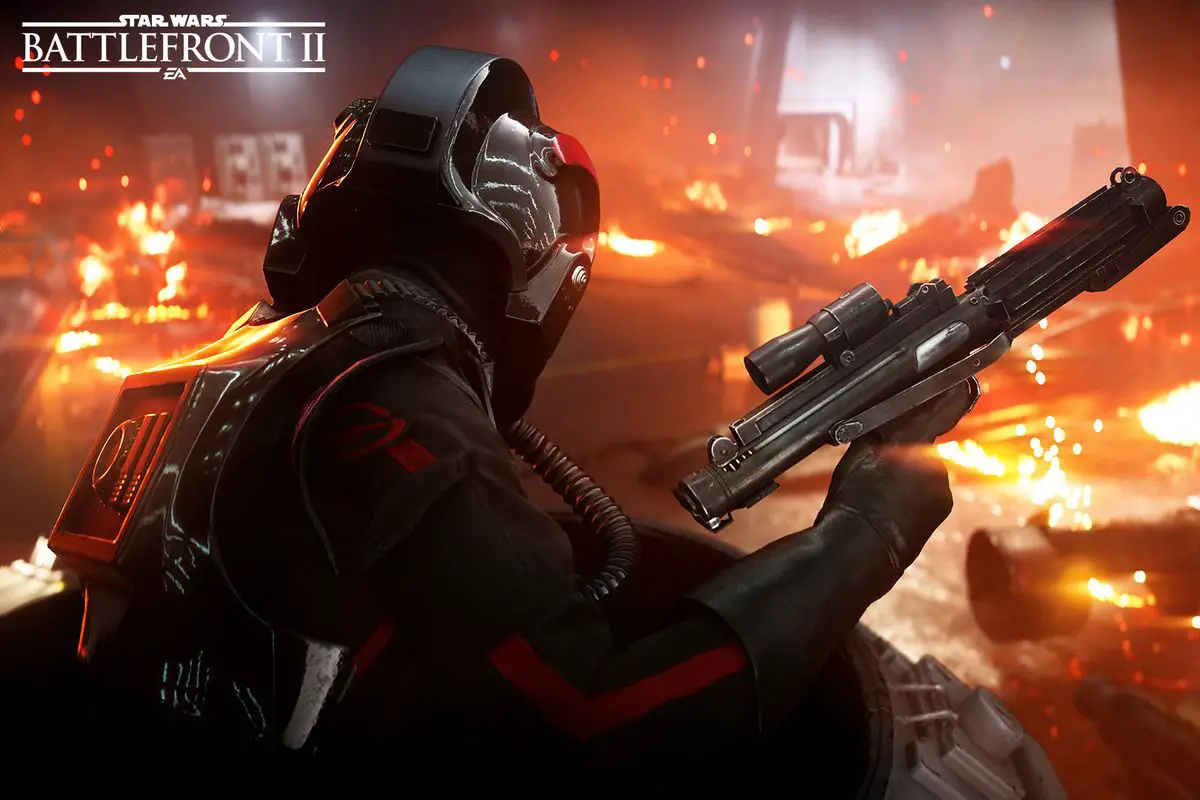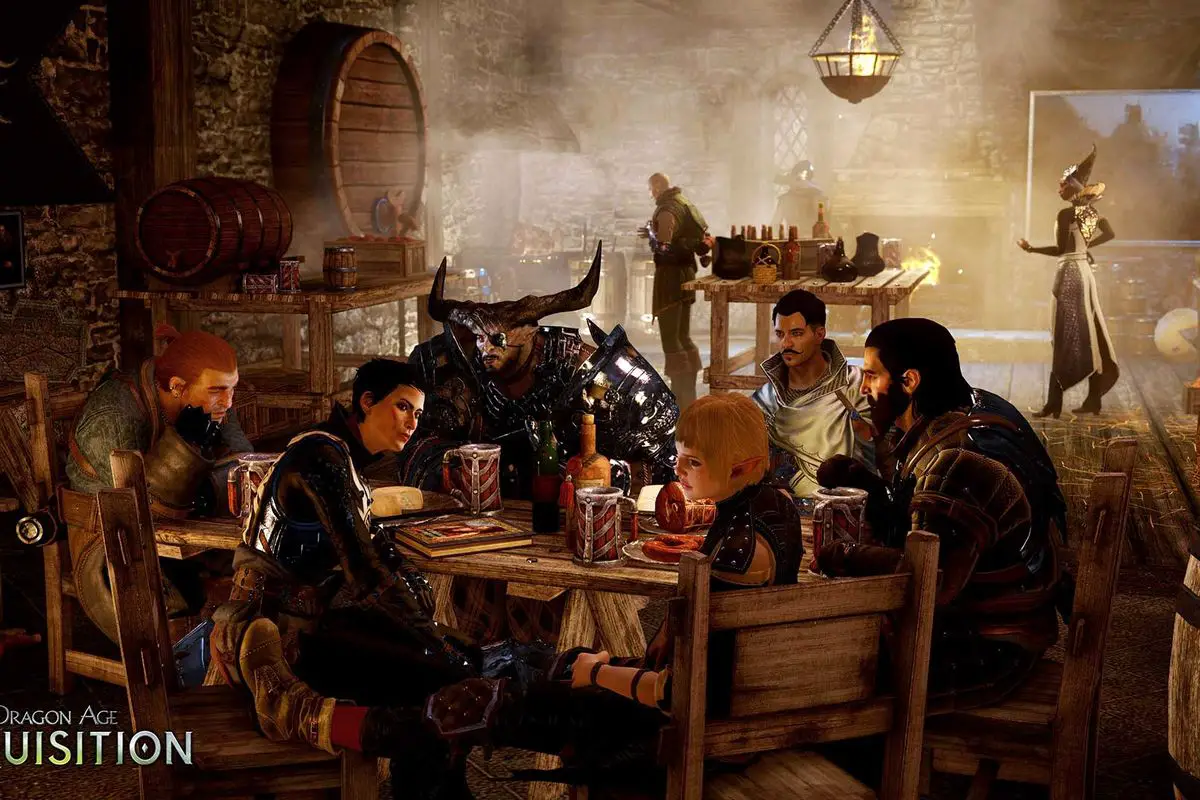Video games have created a new way of storytelling. They are not passive narratives, like a movie or a play, but rather an active and interactive narrative. Some have linear stories rich with new worlds, some are shaped by the decisions of the protagonist (or the player) and others can walk the player through an experience they cannot find in the real world.
Just as this world is changing faster with new technologies coming out, the aesthetics of video games are changing as well. Players get swept up in the narrative as visuals are improved, and stories become increasingly complex, that is up until they are left with an unsatisfying ending, or the game becomes too repetitive.
To their dismay, players cannot finish the storyline that they start because of the new formatting video game companies are imposing on players; more colloquially referred as pay-to-win.
Pay-to-win is when the game is structured to depend on micro-transactions. In addition to the original $40 – $60 purchase price, the game adds a $1.99 – $42 charge to give players a leg up on the competition that is not willing to pay the price.
These tacked-on optional fees are not entirely new. Downloadable content (DLC) are added to the main story and they have the potential to allow players to explore the world created even further. “Dragon Age: Origins” is an example of a game having added content. The game was released in 2009 with a complete storyline, and in 2010 the DLCs were added but still optional for players.
If players had a Steam gift card and were invested in the game, they could pay for the DLCs without feeling obligated to finish the main story in the DLCs. Instead, the 2010 DLCs explored the lore that was introduced in the original game. In other cases, DLCs can add to the player’s character such as more skins for clothes, new choices of weapons and vehicles as well as different options of voices or hair.
However, not every DLC is about customization. Sometimes the DLC contains an extra piece of the story or something that was initially in the game but later taken out that can only be replaced by an additional charge. The current pay-to-win formatting is blurring the lines between what is considered a DLC and a pay-to-finish addition for the player.
For those that have not heard, the issue of the dependency on micro-transactions gained prominence when one video game company, Electronic Arts (EA) released “Star Wars: Battlefront II.” It was a highly anticipated game released just in time to be paired with the new movie, “Star Wars: The Last Jedi.”
Once they started playing, gamers were less than excited about it. The video game turned out to be another victim of micro-transaction dependency. To obtain specific characters such as Luke Skywalker or Darth Vader, without paying an extra fee, a player would have to spend 40 hours of gameplay to get just one of those characters. On the consumer end, players are between a rock and a hard place with this issue.

Players must decide to either grind through matches for 40 hours after just playing a 20 hour (or longer) game or give in and pay for the characters that are available but are not easily accessible. This system enraged the gaming community, and EA responded to them on Reddit by claiming that it was intended to create a sense of pride and accomplishment for the players. The response did not satisfy the community either — as of now, that response is the most down-voted post on Reddit.
Although EA may not have perfected “Battlefront II,” the strong message about the dependency of micro-transactions squeezing money out of players was sent. EA cut down on the number of in-game credits a player needed for the characters. It is not the best response to the community, but a game company listened to its audience, and this can set a powerful precedent for other game companies.
When the players felt the quality no longer met expectations, they managed to express their opinions. The players made forums to discuss their resentment towards game narratives of highly acclaimed companies due to the pay-to-win structure that took away contents of the story. In a few lucky cases, the players were heard.
In another slow yet progressing series, developer Casey Hudson tweeted that the focus of the next “Dragon Age” game is to go back to a character and story driven narrative. This update may be BioWare’s response to the increasing criticism from the game series since its release of “Dragon Age: Origins.” If BioWare took notes from EA’s experience with “Battlefront II,” then hopefully the next “Dragon Age” game will contain a complete narrative, including total content that is accessible from the get-go.
Nobody is perfect, so no game will turn out perfect either. In fact, some players enjoy the glitches they find in a game. Gamers, however, know where to draw the line regarding which flaws are acceptable and which aren’t. In the cases of “Battlefront” and “Dragon Age,” player grievances were heard, albeit not well responded. For “Battlefront II,” the company just cut down on the number of credits a player needed and “Dragon Age” waits to prove that BioWare listened.
Players simply ask that the video game companies create and sell complete games, they can finish from only the $60 they pay upfront for the game. If there is a DLC players have an option to buy, people will pay for the extra content because they want to, not because they are obligated to do so by pay-to-win in their narrative.

















